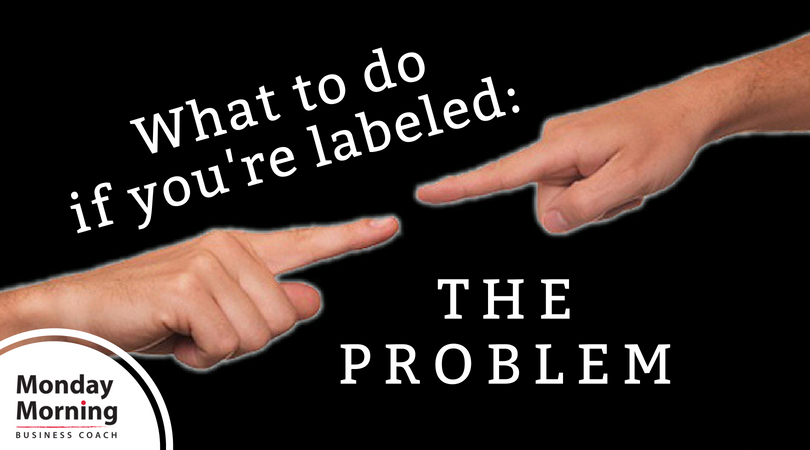As coaches for over 20 years, in businesses of all varieties, we’ve seen many examples of people who have concerns about someone else’s behavior; and yet, they themselves are seen and experienced as “the problem” in the office. How can that be?
Let’s take a look at Janet. Janet is a confident and competent businesswoman who came to us on the brink of being let go. She was distressed and angry, and she was looking for an ally to figure out how to deal with what she described as “the craziness in my work!”
Janet was a mid-level manager in an organization. She got along well with her subordinates and most of her peers, but she struggled with Harvey. Harvey reported to someone else within the company.
Janet believed that Harvey was incompetent and not suited for his assigned role. He took up far too much of her time on inane problems. Out of frustration, Janet decided to work around him.
She seldom returned his emails in a timely fashion, she avoided inviting him to meetings, she was curt in her conversations, and she often “forgot” about meetings that they had scheduled.
Harvey complained. He went to his boss with records of dates of emails not being returned, proof that he was not invited to meetings, and dates and times of when Janet had blown off meetings he had scheduled with her.
Janet was called into her boss’s office and told she needed to turn her behavior around or face greater consequences. SHE was seen as the problem.
Janet came to us for help in sorting out this mess.
Janet’s mistake was thinking that ignoring Harvey was going to change his behavior. Won’t happen. Not in a million years.
We coached Janet on how to work with her boss to share her concerns without sounding defensive. She had indeed done the things that Harvey was complaining about, so she needed to own this.
She also needed to learn how to give feedback to and about Harvey in a way that provided information to her boss and that wasn’t retaliatory.
We worked with Janet on building a professional relationship with Harvey based on accomplishing goals for the organization. When he failed to perform, she gave him feedback on her concerns and shared that data with her boss so that her boss could use it in conversations with Harvey’s boss.
Janet stopped “forgetting” meetings and started to respond to issues in a timely manner, and she raised issues that Harvey wasn’t addressing. The only way to be effective with Harvey was to manage herself and her reactivity – by taking action in a professional and effective way.
This week notice if you’re avoiding anyone or behaving in a way that results in you being seen as “the problem” in the organization. Then consider doing some of the following – depending on your situation:
- Pause and reflect on how you can take professional action.
- Own the ways that you have behaved unprofessionally – if it has reached that point.
- Communicate your concerns unemotionally, with the department’s or organization’s success as your goal.
- Determine how you and your boss can work together to move your efforts forward.
- Help the challenging person to succeed in the same way you would offer support to anyone else.
Taking action to solve problems – even problems you don’t like – is the mark of a good leader.
Janet saved her job by taking steps to correct the misconceptions about her and to build a better relationship with her coworker. It didn’t happen overnight. It takes time to rebuild trust and credibility, and, usually, it’s well worth it.
Let us know how it goes. We’re here for you!
~ Linda, Stephanie, and Heather


